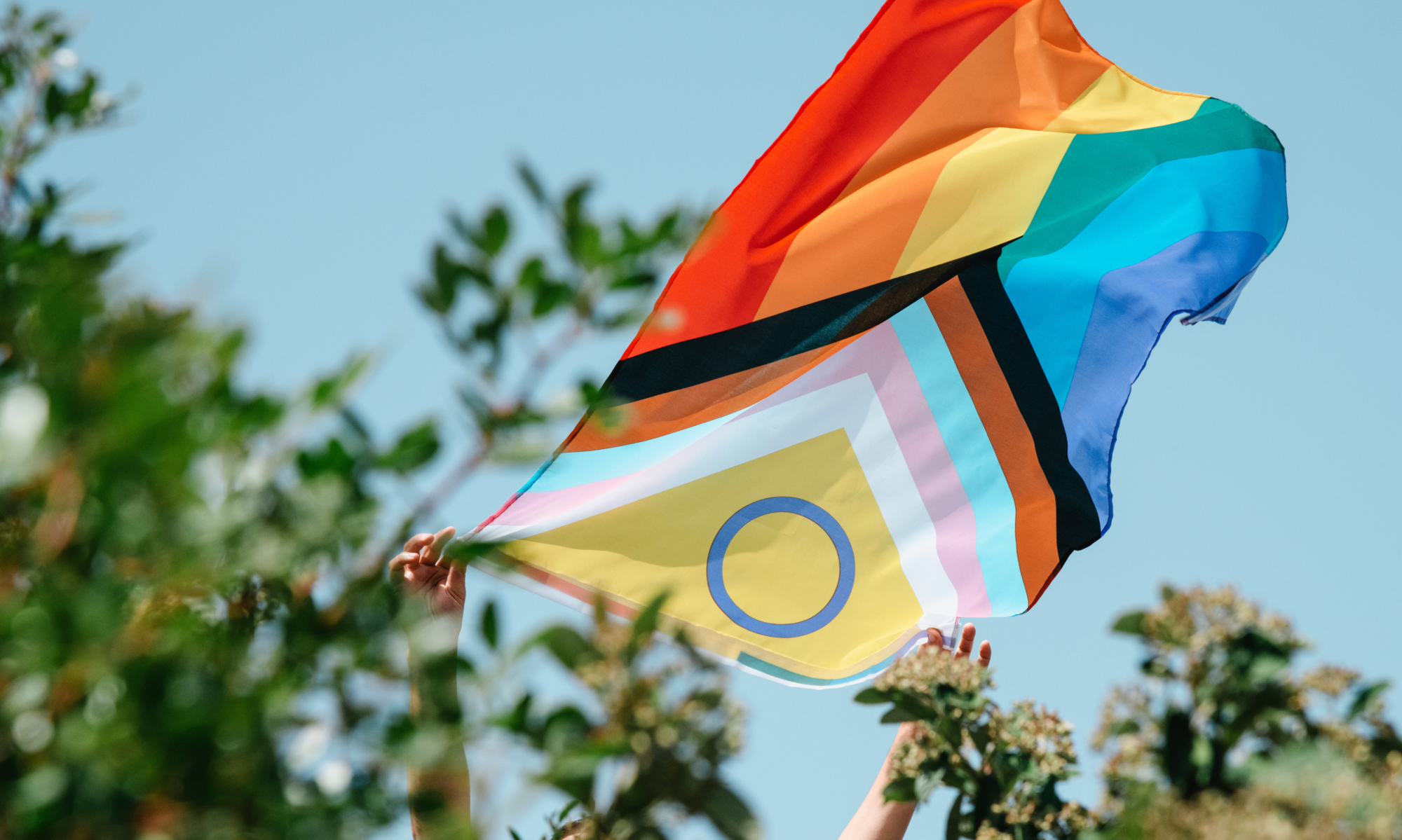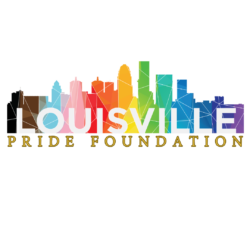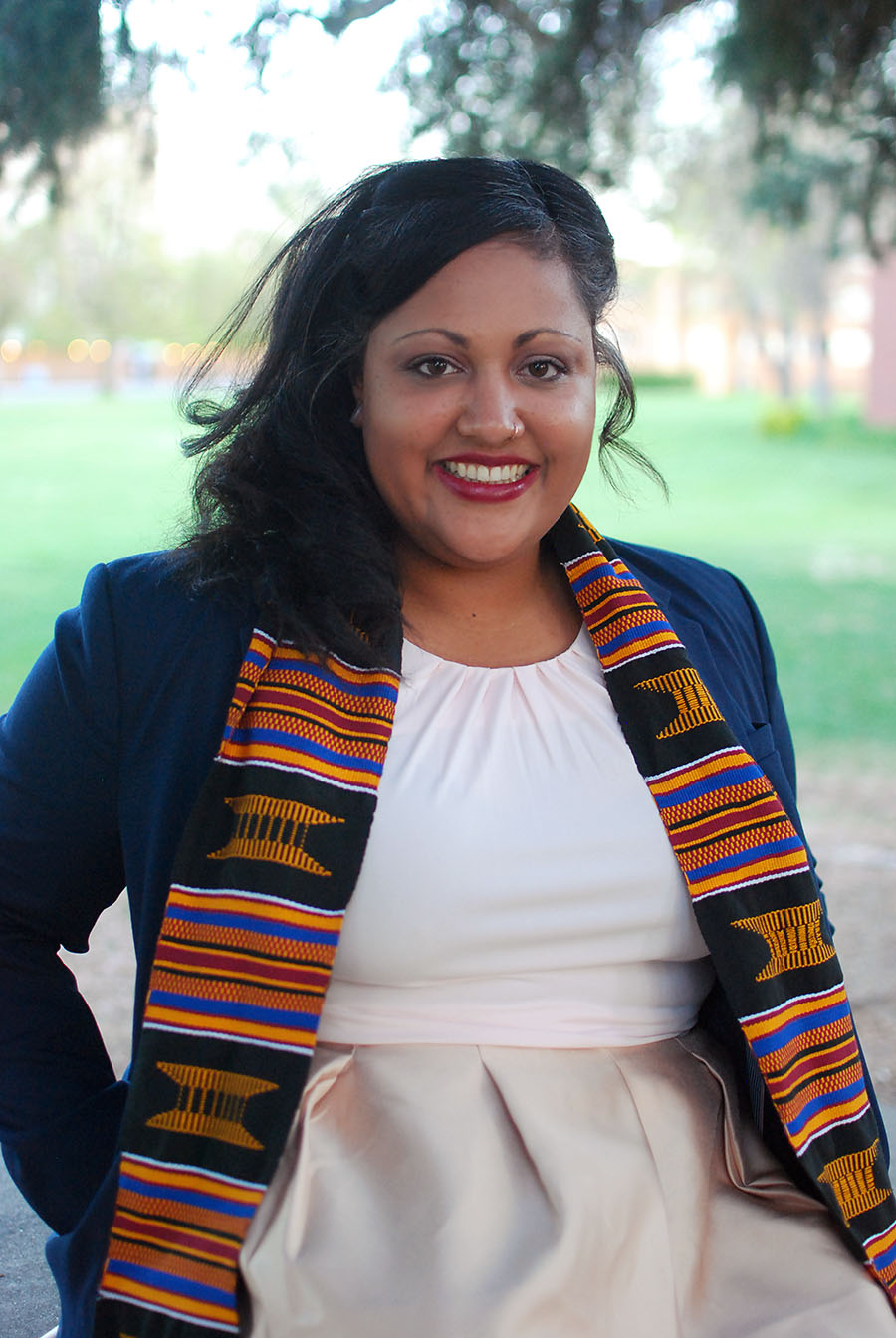By Heather Brydie Harris
BLACK QUEER LIVES MATTER
African American LGBTQ+ individuals, families, and communities have a rich history and culture to celebrate but they also face unique challenges due to the intersection of race, gender, and sexual orientation. The social, political, and cultural contributions of LGBTQ+ African Americans have shaped Black majority culture in monumental ways and continue to do so. As we continue through this year’s pride month, and as the racial uprising moves full steam ahead, let us seriously contemplate where we would be if it were not for the protest, commitment, fight, fortitude, and fearlessness of Black queer and trans people and communities.
BACKGROUND
Lesbian, gay, bisexual, transgender, and queer (LGBTQ) African Americans have been integral to the scientific and technological, social, political, religious and spiritual formation of Black culture in the United States. LGBTQ+ African Americans have both participated in the continuance of Black majority culture as well as the formation of their own unique sub-cultures within the larger African American context. There have been predominant LGBTQ+ African Americans in every facet of Black culture, from activists such as civil rights icon Bayard Rustin and Black Lives Matter’s Alicia Garza and Patrisse Khan-Cullors to authors, artists, and performers including Octavia Butler, James Baldwin, Audre Lorde, Alvin Ailey, Janet Mock, Laverne Cox, and many more. The influence of the creative, literary, political, and scholarly production of Black LGBTQ+ individuals can be seen within every arena of African American life.
While the acronym LGBT is utilized most frequently, other acronyms are becoming more widely used. QTPoC, which stands for queer and transgender people of color, as well as QT/BIPoC, for queer and transgender Black and Indigenous people of color, are both alternatives to LGBT that put the emphasis on Black, Indigenous, and other people of color and aim to center their lives and experiences. Other letters are added to LGBT to signify more identities, such as I for intersex, A for asexual, and/or Q for queer, or sometimes questioning. This is why a plus symbol is regularly added to LGBTQ to signify identities that are a part of this social and cultural family. Queer, while previously used as a pejorative or derogatory term, has been reclaimed by many LGBTQ+ people as a way of taking the power out of the pejorative use, and as a means to talk about themselves and other LGBTQ+ people collectively, or in specific ways.
HISTORY
Many associate the emergence of Black LGBTQ+ visibility with the social liberation movements of the 1960s and 1970s, however, Black LGBTQ+ people have existed in and out of public awareness in America as long as people of African descent have been in the United States. This is exemplified in Donja R. Love’s stage play Sugar in our Wounds (2018), which depicts Black queer love during the Civil War period (1861 – 1865) in the American South. While Black LGBTQ+ individuals and families have always existed, the emergence of the Harlem Renaissance in the 1920s – 1930s marked the rise of Black LGBTQ+ aesthetics through the authorship, art, music, and other cultural productions of Black LGBTQ+ literary, artistic, political and social luminaries (Schwarz 2003). While some Harlem Renaissance icons, such as Countee Cullen, Langston Hughes, and Claude McKay, included same-gender-loving (SGL) themes in their writing; writer and painter Richard Bruce Nugent (1906 – 1987) was openly gay and used his artistic platforms to celebrate same gender desire (Schwarz 2003).
The Civil Rights era of the 1950s and 1960s (1954 – 1968) was another period that consisted of considerable Black LGBTQ+ organizing and activism. Two notable intellectual civil rights activists are Bayard Rustin (1912 – 1987), who is best known for organizing the 1963 March on Washington for Jobs and Freedom, worked on behalf of racially and economically marginalized communities globally for decades (Naegle 2013), and Pauli Murray (1910 – 1985), a civil rights activist, as well as a trained lawyer, women’s rights activist, Episcopal priest and womanist theologian (Murray 1987). Black Lives Matter was founded and organized by three Black women, Patrisse Khan-Cullors, Opal Tometi and Alicia Garza, two of which are queer women, and the continuation of that movement continues to be Black queer and femme led.
Many who joined and led social and political movements worked for liberation across multiple identities. Gay Liberation and HIV/AIDS activist Marsha P. Johnson (1945 – 1992) was a founder of STAR: Street Transvestite Action Revolutionaries (1970), an organization that provided housing and other necessities to homeless LGBTQ+ youth of color in New York City (Moyazb 2013). Barbara Smith (1946 – ), a founder of the Combahee River Collective (1974 -1980), is a lesbian feminist, scholar, and activist. Smith co-authored the Combahee River Collective Statement (1977), which took an intersectional approach to Black feminist thought and political activism through theorizing the connection between race, gender, sexuality, and class (Taylor 2017). Other Black lesbian writers and activists, such as Audre Lorde (1934 – 1992), expressed the need for Black feminism which confronts the heterosexism and sexism in Black liberation movements and the racism in feminist movements (Lorde 1984).
DRAG, BALL CULTURE, AND STONEWALL
Black LGBTQ+ culture includes musical forms and adaptations, movement, performance and dance, Black queer specific vernacular, the fashioning of Black queer aesthetics, and other manifestations of Black queer intellectual and creative productions which have been formed over the last century. One manifestation of these cultural productions is the formation of drag. Drag is the practice of transgressing gender norms or expectations, performing as a different gender than a person may otherwise identify as, and/or dressing, behaving and performing in a gender non-binary way, traditionally for entertainment. Many Black drag kings and queens, as well as transgender and gender non-binary people of color, were integral to the Stonewall uprising (1969) at the Stonewall Inn in New York City. The Stonewall uprising, also known as the Stonewall riot, was a pivotal moment in LGBTQ+ history and is said to be the event that sparked the gay liberation movement.
Stormé DeLarverie (1920 – 2014), a drag king, and gender non-binary person of color, is believed to have implored the LGBTQ+ Stonewall patrons to fight back when the police forcibly raided the Stonewall Inn (Robertson 2017). DeLarverie was masculine presenting during a time when wearing clothing that did not match the gender you were assumed to be, or assigned at birth, was a criminally punishable offence. One year after the Stonewall uprising the first Pride Parade took place, in the form of a march, as a political demonstration for gay liberation. DeLarverie served as a protector of the LGBTQ+ community in New York for several decades after.
The Harlem Renaissance drag balls of the 1930s, as well as the Gay Liberation Movement, STAR, and the influence of black drag queens and kings of the 1960s and 1970s, laid the foundation for the emergence of the ball culture scene in the 1970s and 1980s. The underground ball scene was by and for Black and Latinx working-class and poor LGBTQ+ young adults. During balls, participants “walk,” or dance, typically in fashion and costumery that crosses gender and/or class lines, to compete in different categories. Many participants belong to ball houses, such as the House of Dior, House of Chanel, and House of Xtravaganza. These ball houses, which usually consist of “mothers,” fathers,” and their “children,” create communities and family networks for queer youth of color who may not have safe places to exist and express themselves otherwise (Herzog & Rollins 2012).
The underground ball culture scene and black drag communities nurtured the emergence of Black LGBTQ+ Pride. Black Pride began in Washington D.C., Los Angeles, and New York City in the late 1980s and 1990s to celebrate Black LGBTQ+ history, culture, activism, and leadership as exemplified in the Stonewall uprising. Atlanta, GA, known as the Black Gay Mecca in the South, now hosts the largest Black Pride festival each year. Black Pride is a concentrated celebration of Black LGBTQ+ life and culture but is by no means the only place where this culture can be found.
CULTURAL APPRECIATION AND APPROPRIATION
Black LGBTQ+ cultural representations are evident in dance, scholarship, music and other cultural manifestations and expressions, and there are Black LGBTQ+ artists across platforms, from modern dance to hip hop. Alvin Ailey (1931 – 1989) was a Black gay American choreographer and activist who founded the Alvin Ailey American Dance Theater in New York (1958). Black Queer studies has become a discipline that is exemplified through the work of E. Patrick Johnson, Roderick Ferguson, and many other scholars who are working to bring the theoretical and practical dimensions of Black queer experience into the realm of higher education. Musical artists, such as Frank Ocean, Kaytranada and Mykki Blanco, are becoming well known within popular culture, but are only a few among many Black LGBTQ+ musical artists. Movies and television series, such as Tangerine (2015), Pariah (2011), and Pose (2018), have brought Black queer culture to the public fore. Activist and actress Laverne Cox has garnered popularity through her depiction of Sophia Burset on Orange is the New Black (2013), paving the way for many Black transgender actors to come. The rising popularity of Black LGBTQ+ cultural forms has enabled both the appreciation and appropriation of Black queer culture widely. Many popular phrases and words used as general slang, such as “YAS,” “shade,” “Werk,” and “Gurl,” originated within Black queer femme (people of any gender who are feminine presenting) circles who were involved in ball and drag sub-cultures.
JUSTICE
Racism, sexism, homophobia and transphobia, taken together, position LGBTQ+ African Americans to be at heightened risk of homelessness and economic insecurity, violence, harassment and discrimination, health inequity, religious intolerance, criminality, and police brutality (Human Rights Campaign, 2019). Black queer organizer, Patrisse Khan-Cullors, a founder of Black Lives Matter (2013), is among the many Black queer people working toward greater justice and equality for all Black communities. Others, such as Bishop Yvette Flunder of the City of Refuge United Church of Christ in Oakland, CA, have sought to create affirming spaces for Black LGBTQ+ people to worship, work, and live. While LGBTQ+ African Americans may face many challenges due to their intersecting identities, they have also been on the front lines of social and political change for their own communities and the communities their identities intersect with, such as Black communities in the United States broadly.
Black LGBTQ+ Resources
Black Youth Project, www.byp100.org
Center for Black Equality, www.centerforblackequity.org
Color of Change, www.colorofchange.org
Hispanic Black Gay Coalition, www.hbgc-boston.org
National Black Justice Coalition, www.nbjc.org
Further Reading
Cohen, Cathy J. 1999. The Boundaries of Blackness: AIDS and the Breakdown of Black Politics. Chicago: University of Chicago Press.
Human Rights Campaign. 2019. “Being African American & LGBTQ: An Introduction.” Human Rights Campaign. Accessed February 01, 2019. https://edubirdie.org/translations/being-african-american-lgbtq-an-introduction/.
Johnson, E. Patrick and Mae G. Henderson (eds). 2005. Black Queer Studies: A Critical Anthology. Duke University Press.
Lorde, Audre. 1984. Sister Outsider. Ten Speed Press.
Love, Donja R. 2018. “Sugar in our Wounds.” Directed by Saheem Ali, New York City Center: New York, NY.
Murray, Pauli. 1987. Song in a Weary Throat: An American Pilgrimage. Harper Collins Publishers.
Moyazb. 2013. “Happy Birthday Marsha “Pay It No Mind” Johnson!” Crunk Feminist Collective. Accessed January 25, 2019. http://www.crunkfeministcollective.com/2013/06/27/happy-birthday-marsha-pay-it-no-mind-johnson/.
Moore, Darnell L. 2018. No Ashes in the Fire: Coming of Age Black and Free in America. The Nation Institute.
Naegle, Walter. 2013 “Human rights Hero: Remembering Bayard Rustin.” Human Rights 40 (1): 26-25. http://www.jstor.org/stable/24630112.
Julia Diana Robertson. 2017. “Remembering Stormé – The Woman of Color Who Incited the Stonewall Revolution.” The Huffington Post. Accessed January 25, 2019. https://www.huffingtonpost.com/entry/remembering-stormé-the-woman-who-incited-the-stonewall_us_5933c061e4b062a6ac0ad09e
Schwarz, A. B. Christa. 2003. Gay Voices of the Harlem Renaissance. Bloomington: Indiana University Press.
Snorton, C. Riley. 2017. Black on Both Sides: A Racial History of Trans Identity. Minneapolis: University of Minnesota.
Taylor, Keeanga-Yamahtta (ed). 2017. How We Get Free: Black Feminism and the Combahee River Collective. Consortium Book Sales & Dist.
Heather “Brydie” Harris (they/them) is a Ph.D. candidate in Pan-African Studies at the University of Louisville. Brydie’s research areas are Black Queer studies and theology. Their interests are based in the Black queer experience through the framework of womanist and queer theology via transcontinental social justice imaginaries and Afrofuturistic thought. Brydie is a Black, multiracial, non-binary femme, scholar, poet, and scholar-activist. They align themselves with the latest iteration of the Black freedom movement: Black Lives Matter, as well as indigenous communities around the globe. They like cats, plants, and lodging spiritual warfare against fascism.


